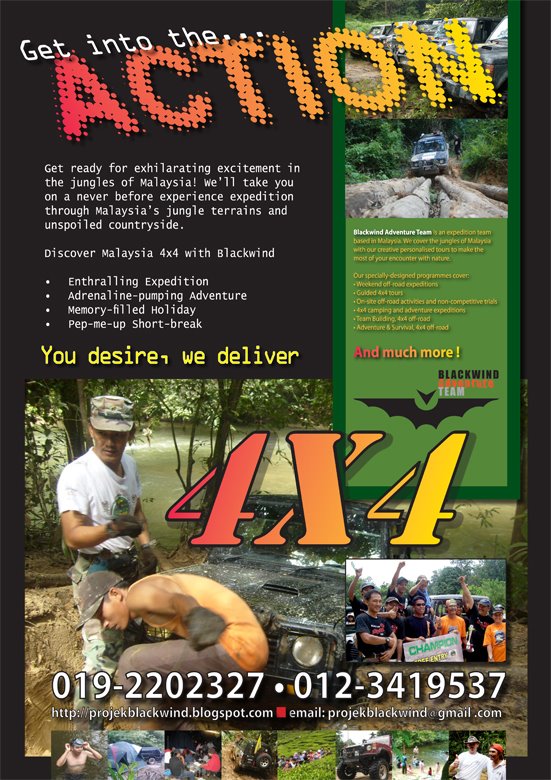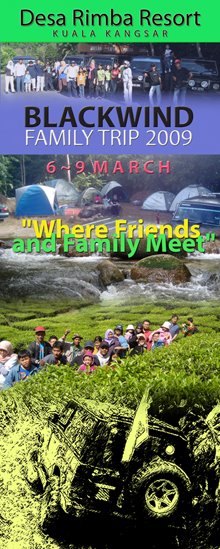This 4WD handbook has been devised by Mitsubishi Motors Australia Ltd. to assist owners and drivers to safely use their Pajero four-wheel drive vehicle to its full capacity. It contains suggested procedures which can be used in overcoming the more common difficulties encountered by 4WD drivers/vehicles in Australia.
The use of a four-wheel drive vehicle is an activity which requires a high level of care and skill. This handbook is not intended and does not purport, in any way, to act as a substitute for the basic requirements of vehicle preparation, experience, attentiveness and care with difficult driving surfaces.
Proper regard must always be given to potential hazards, emergency precautions and advice given by appropriate local authorities. Whilst great care has been taken in the preparation of this handbook, no responsibility is accepted by Mitsubishi Motors Australia Ltd. to any persons acting or relying on this information.......
The contents:
Introduction
Take Care
Mitsubishi 4WD
Getting the most from your 4WD
Dirt Roads
Sand
Snow
Mud
Mountain Terrain
Water Crossings
Winching
Back on the move
Preparation and Survival
Recreational Vehicle Code of Ethics
Glossary . . . . . . . . . . .
Your 4WD Adventure
………………………….
Note :
I think this 4wd handbook is good to be share with others. If anyone wanted a copy, just contact me at projekblackwind@gmail.com and I will email to you.
………………………….
(PARTS FROM THE 4WD HANDBOOK)
Dirt Roads
General tips
- Always drive with your headlights on to give other road users warning of your presence in the low visibility conditions.
- Shift into 4WD as soon as you hit unpaved surfaces, simply because the greater traction and adhesion of all four wheels driving delivers driver confi dence and safety.
- If travelling with others, stay back out of the dust. Many people don’t, because they are afraid of being left behind, but missing a corner or hitting something on the road, like a rock, is far more likely if your driving visibility is impaired.
- Slow down when you see another vehicle coming towards you. This minimises the danger of stones thrown up by the other vehicle cracking your windscreen. If it’s a road-train coming the other way, move off the road and stop until it passes.
- To minimise dust entry into the vehicle, turn the air conditioning on and switch from recirculate to fresh. Yes, that sounds paradoxical, but it works.
- During daylight hours, if you have driving lights fi tted, make sure the covers are on.
- Many dirt roads have dips cut into them to allow for water runoff. Brake on approaching, but lift off the brake just before you hit the bottom of the dip. This will raise the front of the vehicle, decompressing suspension components. Likewise, approaching the dips at an angle rather than straight on is easier on the suspension.
- If driving on dirt roads a lot, check your air filter for dust build-up. Simply clean by knocking the dust out.





































